Artificial intelligence (AI) has changed the world as we know it forever.
This technology is no longer the stuff of science fiction. Instead, we see artificial intelligence in virtually every part of our lives. Smart assistants exist in our phones and speakers, helping us to find information and complete everyday tasks. At work, chatbots are supplementing the customer support team, with predictions estimating that they’ll be responsible for 85% of customer service by next year.
There are even intelligent algorithms that can use vast amounts of data to make accurate predictions behaviour of people and clients. However, while AI is more common than ever in today’s world, it’s still something that many people don’t fully understand.
There are so many different phrases associated with this disruptive technology, that some terms often end up blending. For instance, in specific circle, terms like artificial intelligence, machine learning, and deep learning may even be used interchangeably. However, while these concepts are all connected, they’re not the same thing.
As intelligence experts have explained, the different components of AI are laid out like Russian nesting dolls. The outer layer is artificial intelligence, the largest, all-encompassing aspect of the technology. Within that is the more refined concept of machine learning, and within that is the smaller subset of deep learning.
Here’s your guide to understanding each of these things a little better.
What is Artificial Intelligence?
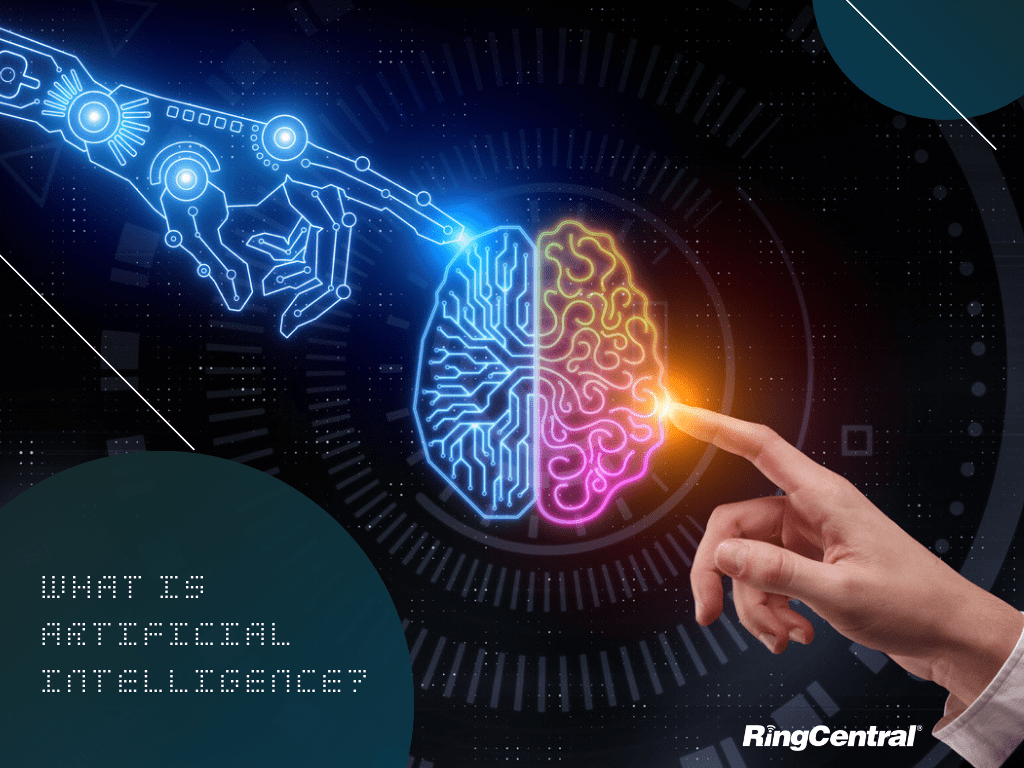
Let’s start with the basics.
By next year (2020), 30% of companies worldwide believe that they’ll be using AI in their digital processes in some way. The question is – what does artificial intelligence mean, and why is it so essential to the modern landscape?
An artificial intelligence definition isn’t always easy to come by. At a basic level, AI has been a part of our research labs and scientific study for decades – ever since computer scientists initially rolled out the term in 1956 at a Dartmouth Conference.
Since then, AI has been heralded as the future of human civilisation. However, at its core, it’s just another computer program. Artificial intelligence is any computer algorithm that can perform intelligently. In other words, it uses a complex statistical model or if-this-then-that statements to perform tasks. Artificial intelligence is “smart” because it can follow a very complicated series of instructions, rather than just responding to a single or basic trigger.
In recent years, AI has exploded in popularity, thanks to the rise of available GPUs that make parallel processing easier, cheaper, and more accessible. However, not all AI is the same. There are 3 fundamental sides to artificial intelligence that form the basis of most discussion. The first option is narrow AI, where an intelligent bot can do one essential thing – like beating a human being at a board game. This is something the Google DeepMind product Alpha Go did in 2016.
The second option is artificial general intelligence, or AGI, which can successfully perform a range of intellectual tasks, like responding to questions in a customer service station. There’s also super-intelligent AI – a concept that scientists are still working towards. Superintelligent AI is more intelligent than a human being.
What is Machine Learning?
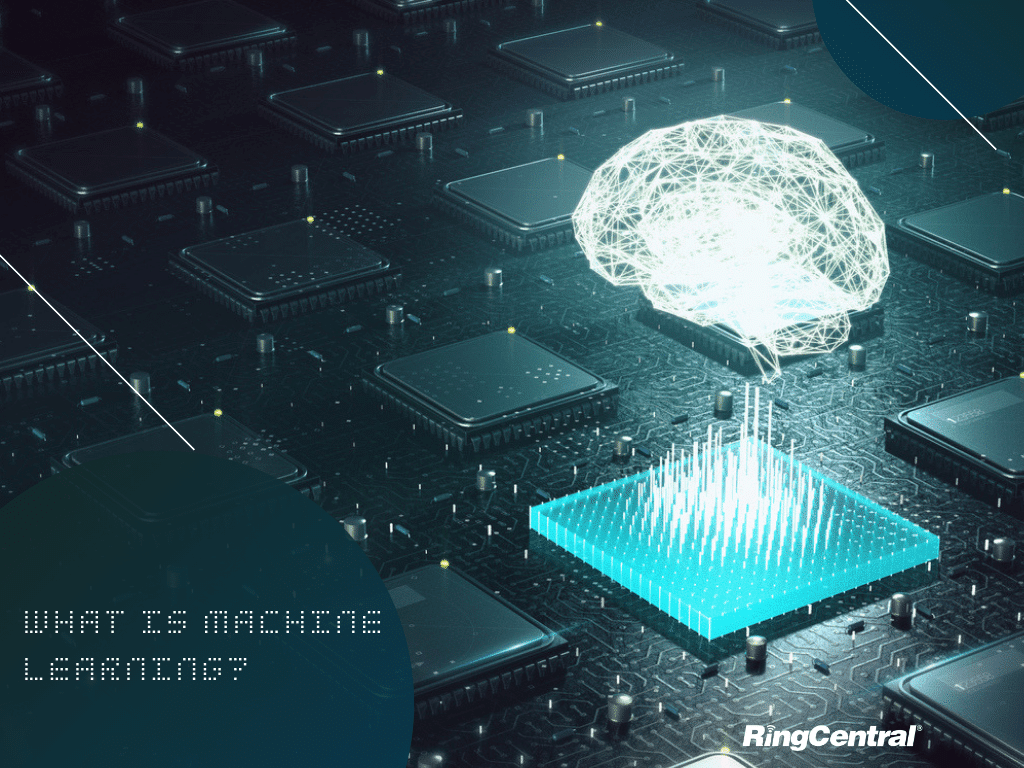
If artificial intelligence is the umbrella term for all computer programs capable of following complicated instructions, then machine learning is the thing that comes underneath that umbrella. So, what does machine learning mean? Is machine learning ai? Simply put, it’s a subset of AI. With machine learning tools, it’s possible to establish computer algorithms that can search through data and apply heaps of knowledge and training to a specific task.
For instance, a machine learning service could use millions of pictures of faces to detect specific people or certain features on a face. Machine learning is now being used in areas like machine translation, object recognition, and speech recognition. It’s also possible to teach machine learning tools how to understand emotion and sentiment.
Machine learning allows a system to recognise the patterns in data that a human being might not be able to pick up on their own. Because these algorithms can process such vast amounts of information almost instantly, they can make informed decisions about data sets a lot faster than a human.
For machine learning algorithms to thrive, they need huge amounts of data. The more information a program has to browse through, the easier it is for that solution to make decisions and answer essential questions. Machine learning tools also take a significant amount of time to train so that they can be as accurate as possible. The original machine learning definition came from the early minds of the AI crowd. Over the years, the algorithmic approaches used for this technology have included everything from inductive logic programming, to reinforcement networks and even Bayesian networks.
What is Deep Learning?
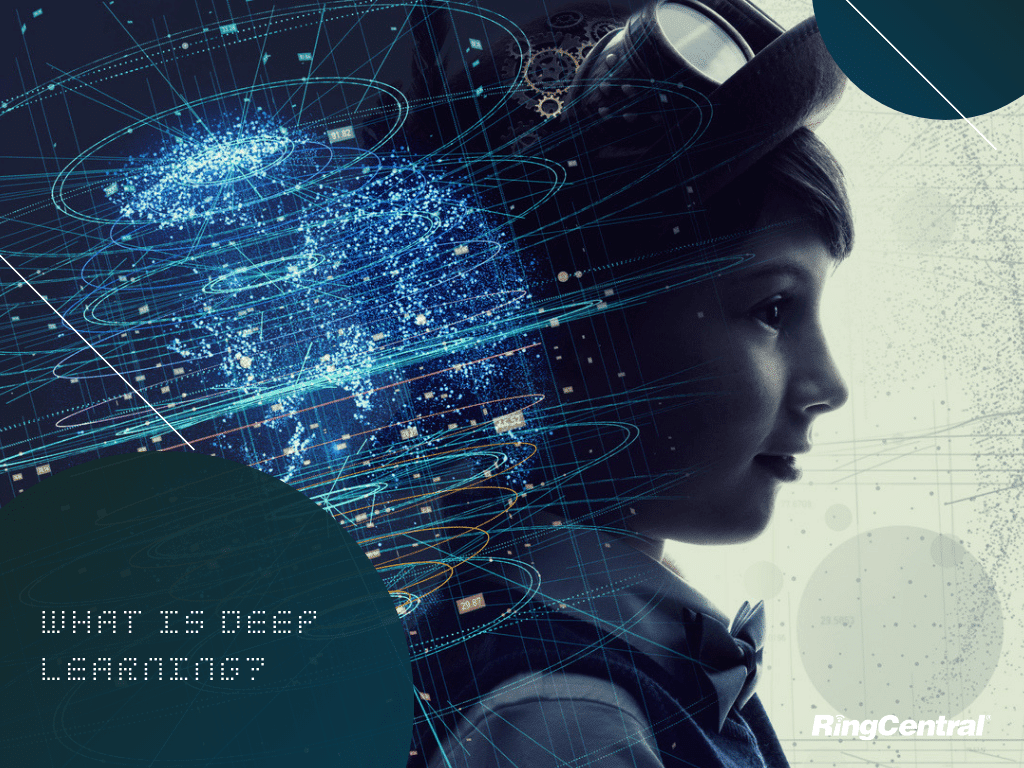
Now we come to the complicated stuff – deep learning.
When you compare deep learnings vs. machine learning, you’ll discover that deep learning is a refined subset of the machine learning practice. Deep artificial neural networks use complex algorithms in deep learning to allow for higher levels of accuracy when solving significant problems, such as sound recognition, image recognition, recommenders, and so on.
Deep learning algorithms use some of the basic techniques in machine learning to solve complicated real-world problems by tapping into the neural networks that are similar to those that we use for decision making as human beings. Although deep learning is far more complex and accurate than artificial intelligence or machine learning, it’s also more expensive. Scientists need massive data sets to train neural networks because there are a vast number of parameters for any learning algorithm to understand before it can make accurate choices.
Artificial general intelligence is far more complex. It's the kind of artificial intelligence that we see on television - capable of performing several different tasks with the help of machine learning and deep learning. Click To Tweet
The neural networks responsible for deep learning strategies come from our own understanding of human biology and how the brain works. It’s about creating connections between hundreds, thousands, or even millions of different data sets so that machines can make more contextual and relevant decisions.
How Artificial Intelligence Works
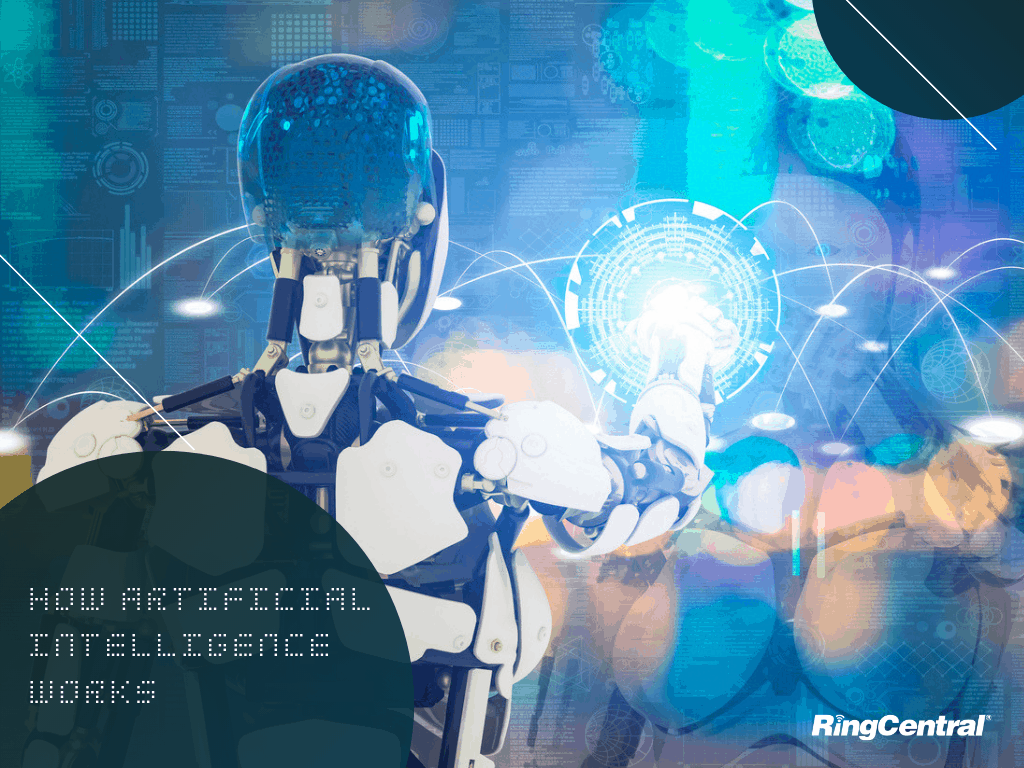
So, now that you know the basics about each of these concepts let’s dive a little deeper and ask, “How does artificial intelligence work?” Less than a decade after he broke the enigma of the Nazi encryption machine, mathematician Alan Turing transformed the world by asking whether machines could think. A paper was published in 1950 called “Computing Machinery and Intelligence,” and the Turing test was established as a result.
Since Turing made his initial query, most of the break-through in artificial intelligence have been designed to discover whether machines could be taught to think, just like a human being. The artificial intelligence that we have today falls under the categories of narrow AI and artificial general intelligence.
Narrow AI is the “weak” AI that performs within limited contextual situations. It’s a simulation of human intelligence applied to a specific task or series of tasks. Narrow AI focuses on completing one job very well, like recognising pictures of dogs or playing a game.
Artificial general intelligence is far more complex. It’s the kind of artificial intelligence that we see on television – capable of performing several different tasks with the help of machine learning and deep learning.
We’re yet to fully discover the next stage of AI, artificial super-intelligence. If we were to unlock this extra level of AI, then we would have created robots that were capable of thinking by themselves, without any input from human beings. Because those robots could think and process data faster than humans, we would have primarily created a being more intelligent than ourselves.
How Machine Learning Works
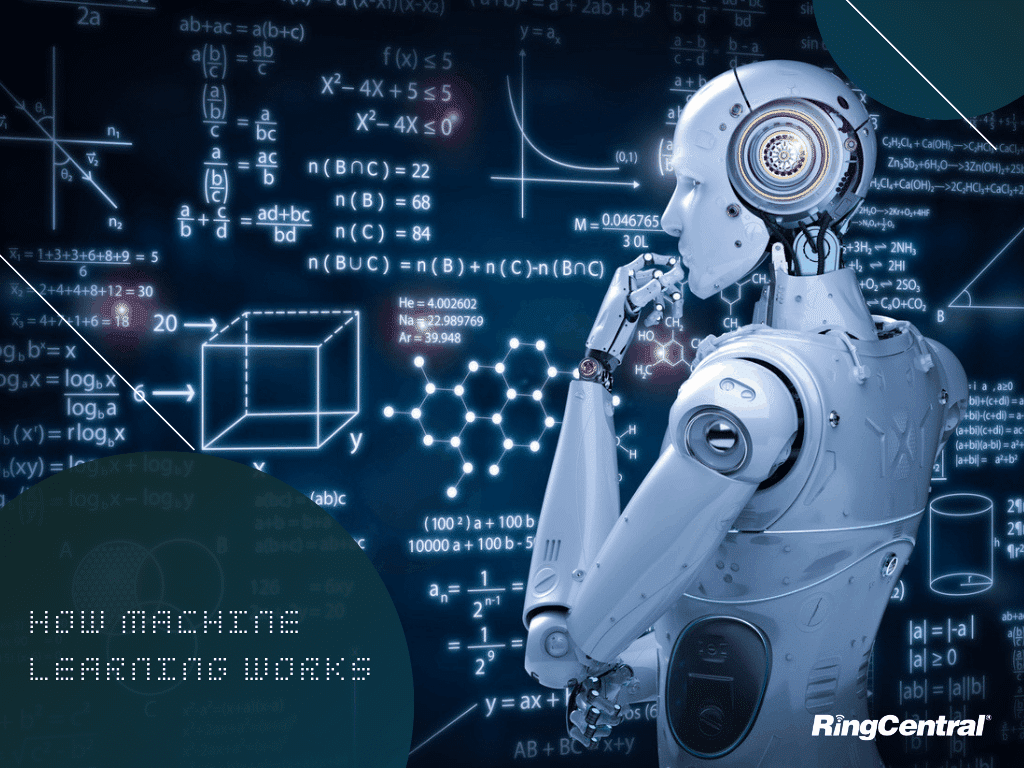
Machine learning is the underlying concept that makes a lot of artificial intelligence stronger. It’s how we ensure that these bots can operate by themselves, using vast data sets, rather than relying on constant human input. So, how does machine learning work?
Machine learning uses two fundamental techniques to deliver results. The first option is supervised learning, which refers to training a model based on relevant input and output data so that the model can predict future requirements and learn on its own. On the other hand, unsupervised learning allows the bot to search through information and find hidden patterns or trends in data.
Supervised machine learning relies on humans to build models that allow a machine to make a prediction based on the presence of information. Supervised algorithms take known sets of data and uses that information to respond to queries and demands. Supervised machine learning also allows for things like predictive analytics.
Unsupervised learning is a far more sophisticated approach to machine learning, which requires a bot to find hidden themes and structures in data on its own. It may even allow a bot to conclude from incomplete data sources and information that we couldn’t translate ourselves. Clustering is one of the most common techniques used for unsupervised machine learning. This allows machines to use exploratory data analysis to find answers in things like object recognition, market research, and even gene sequence analysis.
Imagine if a phone company wanted to optimise the locations where they were building their cell towers. They would be able to use machine learning (unsupervised) to find out how many people rely on towers in different areas around a location. This would allow the machine to use clustering algorithms to design the right placement strategy for the business.
How does Deep Learning Work?

Deep learning is an advanced sub-set of machine learning, so it uses very similar processes to the ones that we mentioned above. Deep learning relies on a lot of valuable information combined.
If you were given a picture of a cat, you would be able to recognise that it was a cat, even if it was a different colour to the cats that you had seen, or the cat was lying on its side. You can recognise the picture because you know about all the different factors that go into the shape and image of a cat. Deep learning machines can conclude in a similar fashion. It brings multiple data points together to recognise information.
For deep learning algorithms to thrive, they need highly accurate and immersive neural networks that pull together vast amounts of information to bring context to a query of task. Click To Tweet
Deep learning is commonly used in autonomous vehicles because it allows cars to figure out what’s going on around it before it does anything. To do this, the car needs to recognise bikes, vehicles, people, road signs, and more. Standard machine learning algorithms couldn’t process all of this information at once.
Tools created using deep learning beyond the basics of machine learning to figure out how different pieces of information relate to each other in a vast neural network. It’s the difference between a machine understanding that it’s looking at a picture of fox because it’s examining images from a certain part of the countryside in response to a specific query, and the same machine seeing pointy ears, four legs, and a tail and thinking “dog”.
For deep learning algorithms to thrive, they need highly accurate and immersive neural networks that pull together vast amounts of information to bring context to a query of task. These neural networks can take months or even years to train and require a great deal of investment from data scientists and the companies behind them.
The Benefits of Neural Networks
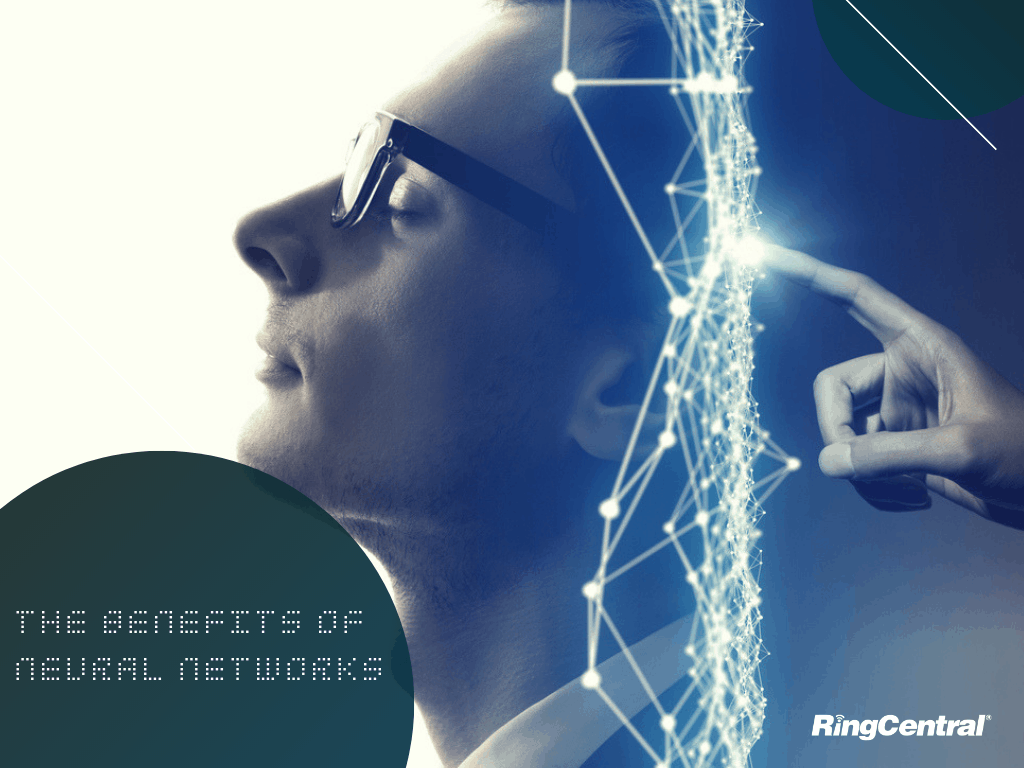
Although the concept of artificial intelligence has been with us for quite some time now, the industry is just beginning to make new advancements. The arrival of new strategies for gathering and managing data has delivered a better way for companies to really take advantage of AI and machine learning algorithms.
The development of neural networks, for instance, has been crucial to the process of teaching computers to understand the world like human beings. With neural networks, machines can think, while still retaining the benefits they have over human beings, like lack of bias, accuracy, and speed.
A neural network is a computer system created to classify information using the same strategies as a human brain. These networks can be taught to recognise specific images and rank them according to the elements that they contain working on a system of probability. A neural network takes the data fed to it and makes statements based on predictions with a significant degree of accuracy.
There are also feedback loops in neural networks that allow the machine to learn from the wrong or right decisions made. Machine learning applications can also read text and figure out whether the person writing that text is offering a congratulations or making a complaint. These tools can listen to pieces of music and figure out whether that music would make a person happy or sad.
As companies continue to explore the possibilities of artificial intelligence, neural networks are becoming a fundamental part of how we discover what machines are capable of. We’ve entered a point in humanity’s evolution where we believe that we should be able to communicate and interact with computers just as effectively as we would with a human being.
To this end, neural networks, artificial intelligence, and machine learning are coming together to create concepts like natural language processing and understanding. NLP applications are a concept taken from deep learning and neural networks that allow machines to understand natural human speech or written text. These machines can also communicate with human beings in return and begin to understand the full range of nuances in human language.
Some of the significant benefits of artificial neural nets include:
- Opportunities for organic learning: Neural networks are capable of learning organically. This means that these deep learning components aren’t limited by the results and inputs that are given to them by expert systems.
- Fault tolerance: Neural networks in deep learning have a high capacity for fault tolerance. When these networks begin to scale around multiple servers and machines, they can start to route around servers and nodes that might not be able to communicate. They can even process information when data is missing.
- Non-linear data processing: Speaking of processing information in difficult circumstances, artificial intelligence neural networks can find shortcuts to reach out-of-the-box solutions to problems. These tools can infer connections between points of data, rather than having to have a human being explicitly link specific data sources. This nonlinear mechanism is fed into neural networking, which makes it highly valuable for big-data analysis.
- Self-healing and repair: Deep learning artificial intelligence systems are capable of more than just routing information around various parts of a network. If a tool with a neural network is asked to find data that is missing, they can regenerate large amounts of information by inference. This is a very useful trait for networks that need help keeping users informed about the state of the digital environment.
AI vs. Machine Learning vs. Deep Learning: Applying these processes together
Machine learning is a subfield of AI that uses pre-loaded information to make decisions. Deep learning is the form of artificial intelligence that’s even more in-depth than that. This technology uses deep neural networks to learn and retrieve patterns from vast amounts of data.
Although artificial intelligence, machine learning, and deep learning aren’t the same things, they’re part of the same family. Often, these components can work seamlessly together to help businesses solve complex problems in their environments.
For instance, in a task that required a machine to recognise a picture of a cat, artificial intelligence would need a programmer to input all of the code necessary for it to automatically link a picture of a cat to what it knew already. Machine learning, on the other hand, would require a programmer to teach it what kind of factors it needed to recognise to identify a cat. This would also involve a programmer correcting the analysis of the machine until the computer became more accurate in its task.
Finally, deep learning would require the task of recognising a cat to be divided into a host of different layers. At one layer, the artificial intelligence algorithm would divide the job of recognising a cat into looking at eyes, while the other layer would examine shape. The connected layers, or neural network, would then deliver the results.
In an intelligent contact centre, on the other hand, artificial intelligence might use pre-loaded information to know where to send individual callers to get them the best answers to their questions. Machine learning would be able to understand the language of the caller and make suggestions on how the agent could offer responses. Deep learning could analyse the sentiment of the caller and generate strategies on how to drive better return on investment for the call.
Both machine learning and deep learning make AI more intelligent and more accessible.
AI, ML, and DL in the Cloud
Today, significant advancements in the world of cloud technology are making deep learning, machine learning, and artificial intelligence more compelling and accessible. AI service providers on the cloud like AWS, Google Cloud, and Microsoft Azure provide solutions in computing, networking, memory, and bandwidth that are scalable and easy to use.
At the same time, cloud-integrated technology platforms like PaaS, SaaS, IaaS, and IPaaS allow smaller and mid-sized companies to harness everything from big data storage to advanced analytics. Natural language processing techniques, computer vision, and ML algorithms can all be pre-loaded into this service, with computations managed by the data centre remotely. This means that there’s no longer need for any specialised training in data engineering and data science.
The cloud means that anyone can access the wonderful world of AI and continue to help the technology grow, evolve, and transform.
It’s truly the age of AI, no matter what level you choose to get involved with.
Originally published Aug 23, 2019, updated Jan 16, 2023